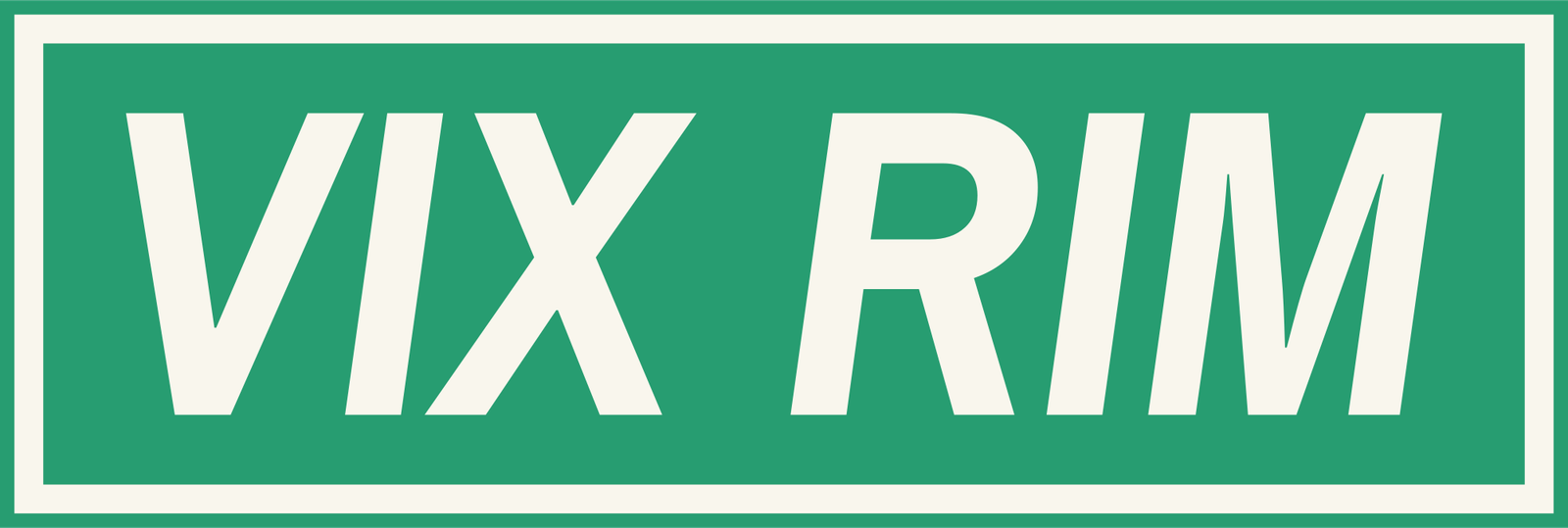In today’s fast-paced digital world, free broadcast services are more important than ever. They provide accessible information, entertainment, and education to people across the globe—regardless of income or location. Free broadcasting stands at the heart of communication, empowering communities, promoting freedom of expression, and ensuring that vital information reaches everyone without barriers.
In this article, we’ll explore what free broadcast means, its history, benefits, current trends, and why it remains crucial in the modern era.
What Is a Free Broadcast?
A free broadcast refers to any media transmission—whether television, radio, or digital streaming—that is accessible to the public without requiring a subscription fee. Traditionally, this included over-the-air (OTA) television and AM/FM radio stations funded through advertising, public funding, or donations rather than direct payments from viewers or listeners.
Today, free broadcasting has expanded to include digital platforms offering live streams, podcasts, and online news—all without paywalls or premium memberships.
A Brief History of Free Broadcast
The concept of free broadcasting dates back to the early 20th century. Radio broadcasting started in the 1920s, offering music, news, and entertainment for free to anyone with a receiver. Television followed in the 1940s and 1950s, providing scheduled programming without direct costs to viewers.
Government regulations ensured that certain content remained free to promote public welfare, education, and democracy. Public broadcasters like the BBC (UK) and PBS (USA) were established to guarantee high-quality, unbiased content without commercial pressure.
Benefits of Free Broadcast
Free broadcasting offers a range of significant benefits that impact society in profound ways:
1. Accessibility for All
One of the biggest advantages is that everyone can access free broadcasts. Whether someone lives in a remote rural area or a bustling city, they can tune in to vital news, weather updates, and entertainment without needing expensive subscriptions or high-speed internet.
2. Promotion of Democracy and Freedom
Free broadcast media ensures that citizens stay informed about current events, government actions, and public affairs. This access to information supports democratic processes and promotes freedom of expression.
3. Emergency Communication
In times of natural disasters, emergencies, or public health crises, free broadcasting serves as a critical lifeline. Radio and television stations can deliver life-saving information quickly to the masses, especially when other communication networks fail.
4. Educational Content
From children’s programming to documentaries and public service announcements, free broadcasts often provide educational material that benefits learners of all ages. Public broadcasters, in particular, invest heavily in informative and inspiring content.
5. Cultural Preservation
Free broadcast platforms help preserve and promote local cultures, traditions, languages, and music. They offer a stage for diverse voices and help communities maintain a sense of identity and pride.
Free Broadcast in the Digital Age
The rise of the internet has transformed the landscape of free broadcasting. Traditional broadcasters now complement their over-the-air offerings with free online streaming. Additionally, independent creators and organizations provide free live streams, podcasts, and YouTube content, breaking down old barriers.
Some key trends include:
- Free Ad-Supported Streaming Television (FAST): Platforms like Pluto TV and Tubi offer hundreds of free channels supported by ads.
- Public Service Apps: Public broadcasters now offer free apps with live news and on-demand shows.
- Community Radio and Online Stations: Small, community-based stations thrive online, offering hyper-local content to niche audiences.
While subscription services like Netflix and Spotify dominate headlines, the popularity of free broadcast alternatives continues to grow, especially in regions where paid content remains unaffordable.
Challenges Facing Free Broadcast
Despite its importance, free broadcasting faces several challenges:
- Funding Pressures: Free broadcasters often rely on government support or advertising, making them vulnerable to budget cuts and economic downturns.
- Competition from Paid Platforms: As consumers enjoy premium content on subscription services, free broadcasters must innovate to remain relevant and engaging.
- Technological Changes: Staying current with new technology—from HD broadcasting to mobile streaming—requires significant investment.
Nonetheless, many broadcasters adapt by embracing digital platforms, focusing on unique, high-quality content, and strengthening community engagement.
Why Free Broadcast Still Matters
In an era of subscription fatigue and misinformation, free broadcast remains a beacon of trust and accessibility. It ensures that vital news, educational programs, and cultural content are available to all, not just the wealthy or connected.
Supporting free broadcasting means supporting equal access to information—a cornerstone of free societies. Whether through tuning into a local radio station, watching a public television channel, or streaming from a free app, embracing free broadcast options is a choice that empowers individuals and strengthens communities.
Final Thoughts
As media continues to evolve, the value of free broadcast cannot be overstated. It democratizes information, uplifts voices from every corner of society, and safeguards the flow of vital knowledge. In a world where information is power, ensuring free access to that information is essential for a better, more inclusive future.
Whether you’re tuning into a news broadcast during your morning commute or streaming a free documentary from your phone, remember: free broadcast keeps us all connected.

